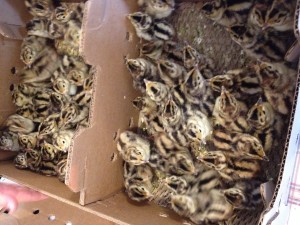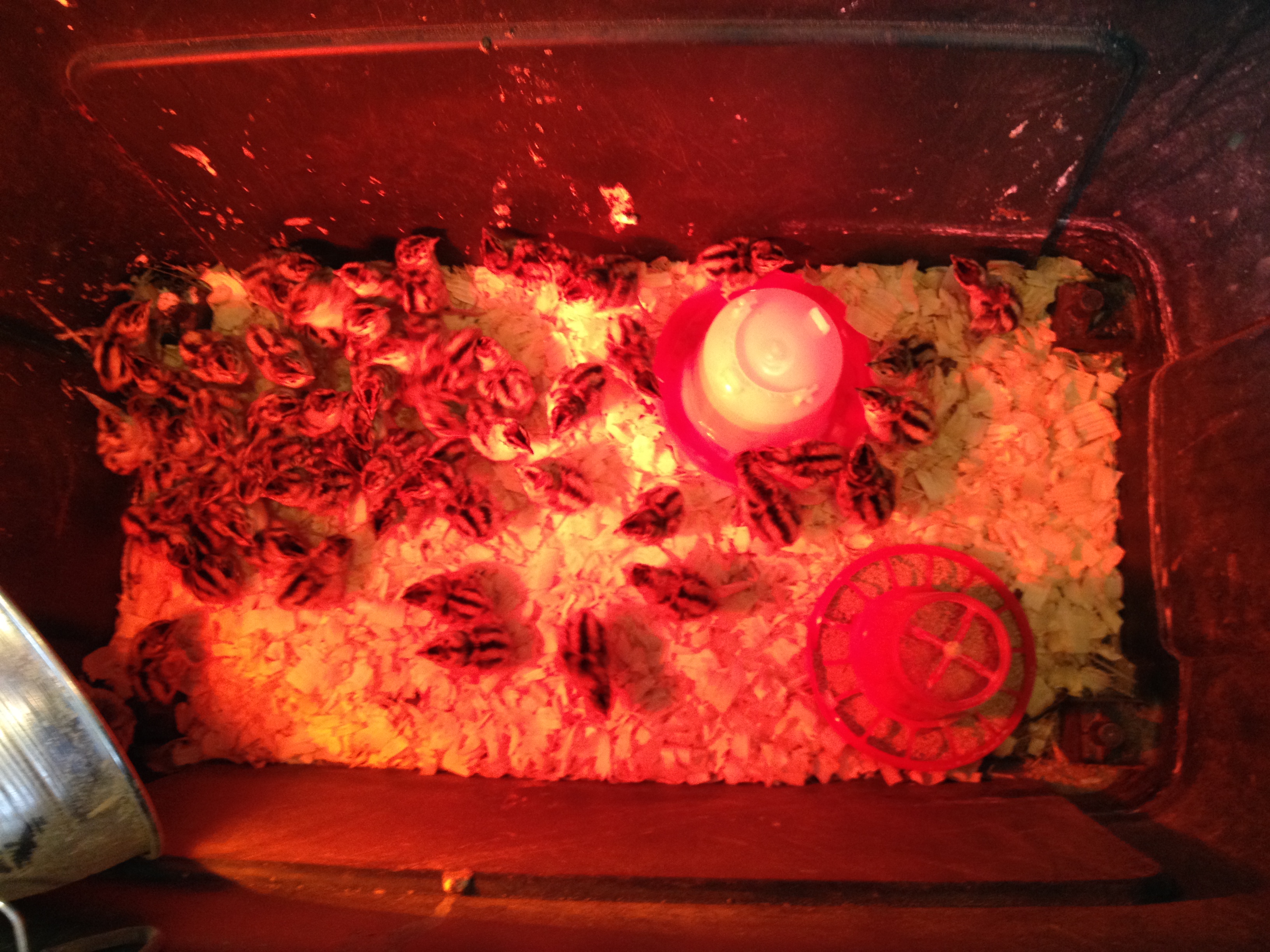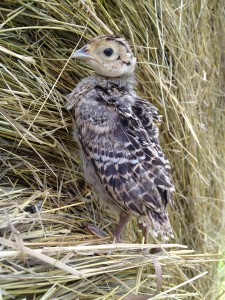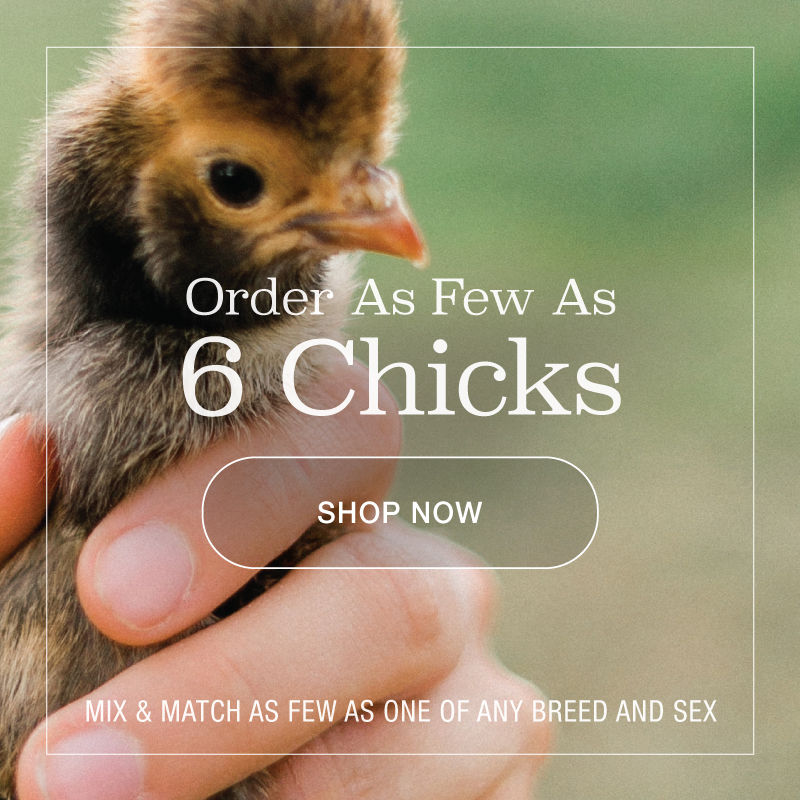As I walked slowly through the cut corn and brush, our detectives worked furiously to find our deceptive prey. The harder the detectives sniffed for clues and ran furiously around the landscape the more intently I focused on the cover ahead anticipating a startling uprising.
The excitement overflowed as the detectives excitedly narrowed their search and pin pointed a location, my muscles tensed and the adrenaline raged, then a flurry of action! The pheasant seemingly startled the canine detectives as the rooster took rise and gave flight. Shots rang out and the bird fell.
Not everyone is in to harvesting birds but that certainly was my introduction to pheasants. I had the pleasure of working in the shooting sports industry right out of college. My duties involved hosting clients at hunting events which gave me an opportunity to get up close to pheasants, chuckars, and ducks.
Since moving to some acreage I immediately looked forward to starting several of my own hobby flocks. I started with chickens, of course and it has been very rewarding personally. As I looked through our online catalog to see what I wanted to incorporate on to the property next, I flashed back to the past days of hunting and knew the pheasant would be the choice.
The day of the pheasants’ arrival (yes, I love to get them in the mail even though I work at the hatchery!) was just as exciting for my family as getting our chickens. My kids were thrilled with the opening of the box and seeing 60 newly hatched pheasants inside. We were quite surprised at how tiny these pheasants were!
In addition to how small the pheasants were, I noticed they have a unique chirp, if you will. It is hard to describe the difference in their chirp compared to a newly hatched chicks but it is distinct.
Week 2
I put the pheasants in a brooder that measures approximately 8′ x 2′ x 2′. When I opened the barn door and began to approach the brooder, I was surprised to see several of the birds trying to fly out! I certainly didn’t expect this so early in the process but sure enough, they were able to reach the top and casually exit their brooder. Luckily I was there as this started so I quickly closed the lid and left wiser than when I arrived.
Today, at approximately two weeks of age, the pheasants are now starting to actually look bigger. I noticed I have been filling the feeder much more often compared to the first week. The birds are constantly playing and running around after each other in the brooder and they seem to have adjusted very well to their new home.
As the pheasants continue to grow, I work more and more on their final coop. The barn on the property has a large lean-to that has saved me a lot of work compared to building their coop from scratch. I look forward to watching them grow and learning more about pheasants, preparing their habitat and sharing that knowledge with friends and visitors.






For sometime now I have been thinking of seeding pheasants on my small (12 acre) farm for harvesting on The Glorious 12th. I occasionally see a cockbird or hen walking on the lawn at the edge of the meadow, and have had as many as 5 ruffed grouse drop in for breakfast under my kitchen window so I must have good conditions.
How many birds would you recommend for 7 or 8 acres of rye and buckwheat edged on the S side by 4 of pine woods?
Have been training bird dogs and beagles all my life. Have raised many birds, it’s great fun till the weasels arrive. Would recommend the adventure to anyone.
I agree that pheasants are great to raise. I first raised them when I was in high school in the early 1950’s. I now have around 8 as breeders and hatch around 50 ring necks each year for release. Ring necks are considered game birds in NY so a state issued breeders license is required to raise them. I have also started hatching some red golden pheasants.